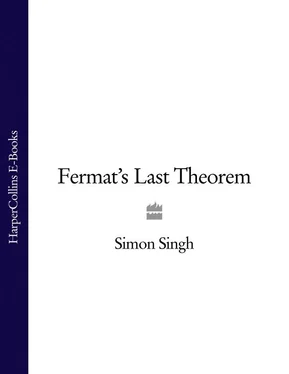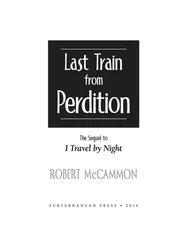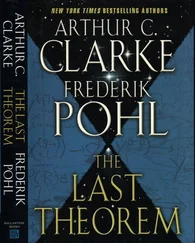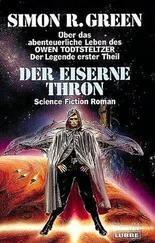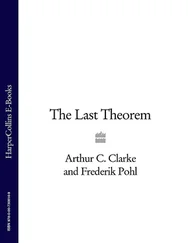The concept of an irrational number was a tremendous breakthrough. Mathematicians were looking beyond the whole numbers and fractions around them, and discovering, or perhaps inventing, new ones. The nineteenth-century mathematician Leopold Kronecker said, ‘God made the integers; all the rest is the work of man.’
The most famous irrational number is π. In schools it is sometimes approximated by 3 1⁄ 7or 3.14; however, the true value of π is nearer 3.14159265358979323846, but even this is only an approximation. In fact, π can never be written down exactly because the decimal places go on forever without any pattern. A beautiful feature of this random pattern is that it can be computed using an equation which is supremely regular:
By calculating the first few terms, you can obtain a very rough value for π, but by calculating more and more terms an increasingly accurate value is achieved. Although knowing π to 39 decimal places is sufficient to calculate the circumference of the universe accurate to the radius of a hydrogen atom, this has not prevented computer scientists from calculating π to as many decimal places as possible. The current record is held by Yasumasa Kanada of the University of Tokyo who calculated π to six billion decimal places in 1996. Recently rumours have suggested that the Russian Chudnovsky brothers in New York have calculated π to eight billion decimal places and that they are aiming to reach a trillion decimal places. However, even if Kanada or the Chudnovsky brothers carried on calculating until their computers sapped all the energy in the universe, they would still not have found the exact value of π. It is easy to appreciate why Pythagoras conspired to hide the existence of these mathematical beasts.
The value of π to over 1500 decimal places
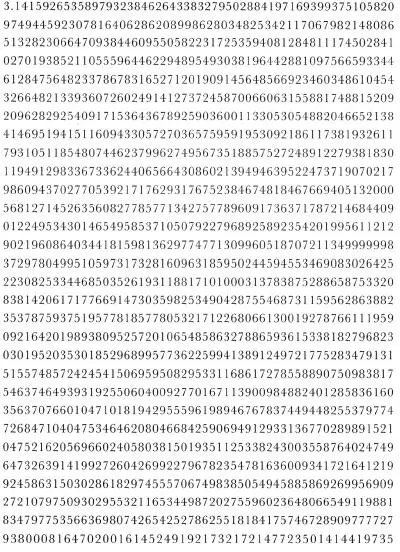
When Euclid dared to confront the issue of irrationality in the tenth volume of the Elements the goal was to prove that there could be a number which could never be written as a fraction. Instead of trying to prove that π is irrational, he examined the square root of two, √2 – the number which when multiplied by itself is equal to two. In order to prove that √2 could not be written as a fraction Euclid used reductio ad absurdum and began by assuming that it could be written as a fraction. He then demonstrated that this hypothetical fraction could be simplified. Simplification of a fraction means, for example, that the fraction 8⁄ 12can be simplified to 4⁄ 6by dividing top and bottom by 2. In turn 4⁄ 6can be simplified to 2⁄ 3, which cannot be simplified any further and therefore the fraction is then said to be in its simplest form. However, Euclid showed that his hypothetical fraction, which was supposed to represent √2, could be simplified not just once, but over and over again an infinite number of times without ever reducing to its simplest form. This is absurd because all fractions must eventually have a simplest form, and therefore the hypothetical fraction cannot exist. Therefore √2 cannot be written as a fraction and is irrational. An outline of Euclid’s proof is given in Appendix 2.
By using proof by contradiction Euclid was able to prove the existence of irrational numbers. For the first time numbers had taken on a new and more abstract quality. Until this point in history all numbers could be expressed as whole numbers or fractions, but Euclid’s irrational numbers defied representation in the traditional manner. There is no other way to describe the number equal to the square root of two other than by expressing it as √2, because it cannot be written as a fraction and any attempt to write it as a decimal could only ever be an approximation, e.g. 1.414213562373 …
For Pythagoras, the beauty of mathematics was the idea that rational numbers (whole numbers and fractions) could explain all natural phenomena. This guiding philosophy blinded Pythagoras to the existence of irrational numbers and may even have led to the execution of one of his pupils. One story claims that a young student by the name of Hippasus was idly toying with the number √2, attempting to find the equivalent fraction. Eventually he came to realise that no such fraction existed, i.e. that √2 is an irrational number. Hippasus must have been overjoyed by his discovery, but his master was not. Pythagoras had defined the universe in terms of rational numbers, and the existence of irrational numbers brought his ideal into question. The consequence of Hippasus’ insight should have been a period of discussion and contemplation during which Pythagoras ought to have come to terms with this new source of numbers. However, Pythagoras was unwilling to accept that he was wrong, but at the same time he was unable to destroy Hippasus’ argument by the power of logic. To his eternal shame he sentenced Hippasus to death by drowning.
The father of logic and the mathematical method had resorted to force rather than admit he was wrong. Pythagoras’ denial of irrational numbers is his most disgraceful act and perhaps the greatest tragedy of Greek mathematics. It was only after his death that irrationals could be safely resurrected.
Although Euclid clearly had an interest in the theory of numbers, it was not his greatest contribution to mathematics. Euclid’s true passion was geometry, and of the thirteen volumes that make up the Elements , books I to VI concentrate on plane (two-dimensional) geometry and books XI to XIII deal with solid (three-dimensional) geometry. It is such a complete body of knowledge that the contents of the Elements would form the geometry syllabus in schools and universities for the next two thousand years.
The mathematician who compiled the equivalent text for number theory was Diophantus of Alexandria, the last champion of the Greek mathematical tradition. Although Diophantus’ achievements in number theory are well documented in his books, virtually nothing else is known about this formidable mathematician. His place of birth is unknown and his arrival in Alexandria could have been any time within a five-century window. In his writings Diophantus quotes Hypsicles and therefore he must have lived after 150 BC; on the other hand his own work is quoted by Theon of Alexandria and therefore he must have lived before AD 364. A date around AD 250 is generally accepted as being a sensible estimate. Appropriately for a problem-solver, the one detail of Diophantus’ life that has survived is in the form of a riddle said to have been carved on his tomb:
God granted him to be a boy for the sixth part of his life, and adding a twelfth part to this, He clothed his cheeks with down; He lit him the light of wedlock after a seventh part, and five years after his marriage He granted him a son. Alas! late-born wretched child; after attaining the measure of half his father’s full life, chill Fate took him. After consoling his grief by this science of numbers for four years he ended his life.
The challenge is to calculate Diophantus’ life span. The answer can be found in Appendix 3.
This riddle is an example of the sort of problem that Diophantus relished. His speciality was to tackle questions which required whole number solutions, and today such questions are referred to as Diophantine problems. He spent his career in Alexandria collecting well-understood problems and inventing new ones, and then compiled them all into a major treatise entitled Arithmetica. Of the thirteen books which made up the Arithmetica , only six would survive the turmoils of the Dark Ages and go on to inspire the Renaissance mathematicians, including Pierre de Fermat. The remaining seven books would be lost during a series of tragic events which would send mathematics back to the age of the Babylonians.
Читать дальше
